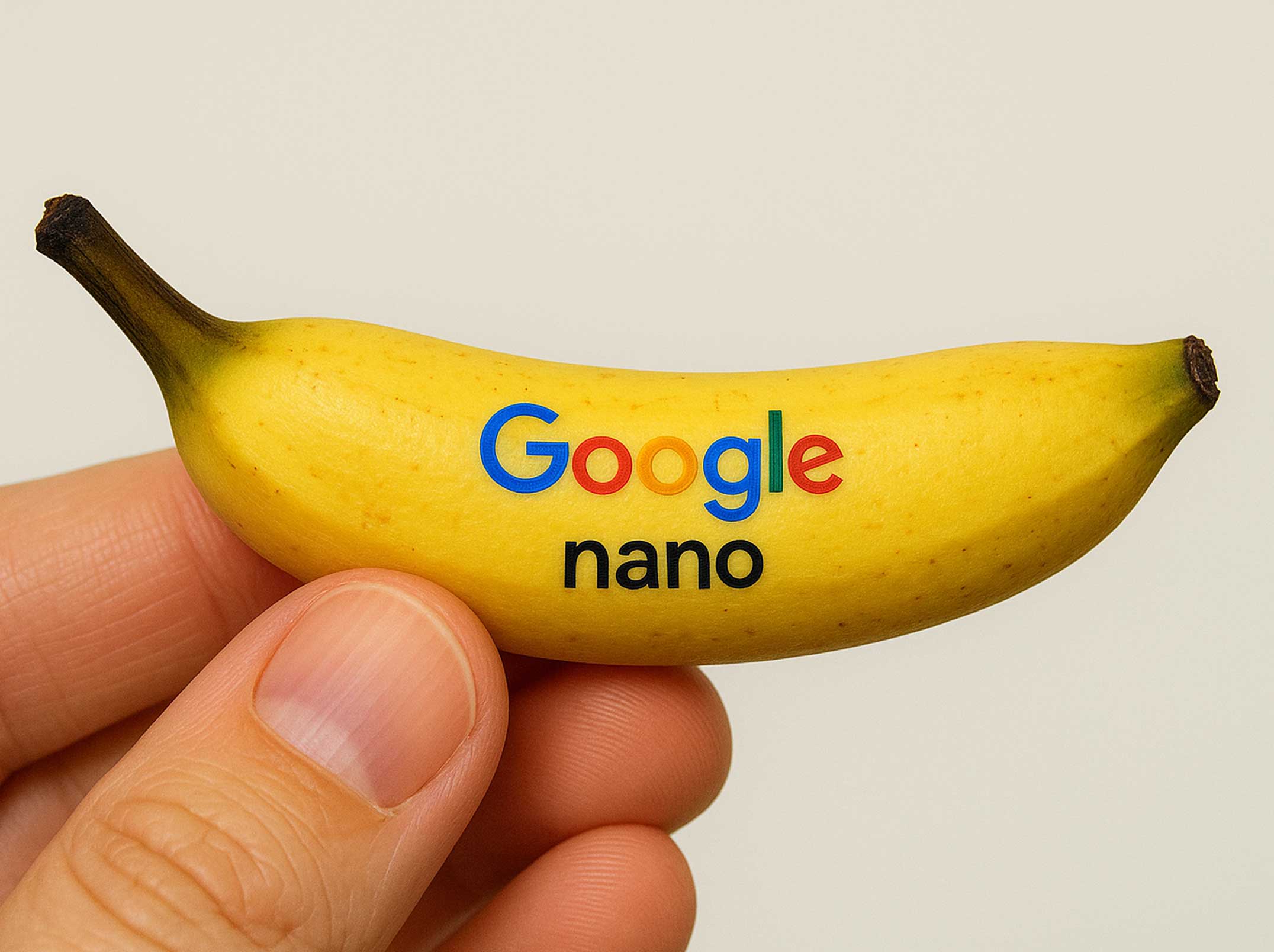YouTube Dominates Podcasting with 1B Monthly Listeners
YouTube now leads podcasting with 1B monthly listeners.

The traditional sound-first landscape of podcasting is undergoing a significant transformation, largely propelled by YouTube's surging influence. The platform recently announced it now boasts over one billion monthly users engaging with podcast content, a figure that dramatically reshapes our understanding of podcast consumption habits. This isn't just a numerical milestone; it signifies a pivotal shift where visual components are increasingly central to the podcast experience, with YouTube undeniably at the forefront of this evolution. For marketers and content creators, this signals a clear imperative: the days of solely optimizing for audio may be behind us, as the visual dimension of podcasts commands an ever-growing share of audience attention.
YouTube's Ascendancy in Podcast Consumption
Shifting away from a purely audio-centric view, recent data from Edison Research underscores YouTube's ascendance in podcast consumption. Their findings reveal that 31% of weekly U.S. podcast listeners now consider YouTube their primary platform, outranking traditional audio-first giants like Spotify (27%) and Apple Podcasts (15%).
This preference is particularly pronounced among younger demographics who are naturally drawn to the visual elements YouTube offers. The interactive and immersive experiences facilitated by video content resonate strongly with these audiences. The pandemic further intensified this trend, as extended periods at home led consumers to seek richer, more engaging media experiences beyond just audio. For content creators, this data highlights a crucial pivot point: integrating visual storytelling into podcast strategies is no longer a niche consideration but a vital component for reaching and retaining a significant, growing audience segment.
The Appeal of Video-Integrated Podcasts
The significant uptick in video podcast consumption is not accidental; it's a direct outcome of YouTube's platform capabilities and inherent user behaviors. Unlike audio-only formats, video allows viewers to witness hosts' expressions and body language, integrate visual aids like charts or demonstrations, and engage with the content on a more dynamic and personal level. This visual dimension enriches the storytelling and strengthens the connection between creators and their audience.
Furthermore, YouTube's sophisticated recommendation algorithms play a crucial role in driving this growth. These algorithms, powered by vast user data and advanced machine learning, excel at surfacing relevant content to individuals based on their viewing history, preferences, and broader consumption trends. This algorithmic efficiency facilitates easier discovery of new podcasts for enthusiasts, often introducing them to content they might not have found on traditional audio-centric platforms, thereby fueling YouTube's expanding dominance in the podcast landscape.
Implications for Content Creators
YouTube's burgeoning role in podcast consumption presents a dual-edged sword for creators. The undeniable draw is access to an immense, highly engaged audience that dwarfs many traditional podcast platforms. However, capitalizing on this reach isn't simply a matter of uploading audio.
Successfully transitioning to a video podcast model demands a significant investment in both resources and a re-evaluation of content strategy. High-quality video production, encompassing equipment (cameras, lighting, microphones), professional-grade editing, and potentially a dedicated set, can be a considerable financial and time commitment. Beyond the technical aspects, creators must adapt their storytelling to a visual medium, incorporating visual aids, maintaining dynamic on-screen presence, and structuring content to sustain viewer engagement, which differs from purely auditory listening habits.
Furthermore, navigating YouTube's monetization landscape introduces a new layer of complexity. Its advertising systems and policies, including the requirements for the YouTube Partner Program, differ significantly from established podcast revenue streams like direct sponsorships or listener support models. Podcasters must now understand YouTube's ad formats, viewer demographics for ad targeting, and explore additional income avenues like channel memberships or Super Chat, all while adhering to the platform's community and advertiser-friendly guidelines. This necessitates a strategic shift from simply creating audio to becoming a full-fledged video content producer.
Strategic Moves by Competing Platforms
Recognizing YouTube's formidable lead, rival platforms are swiftly adapting their strategies to integrate video more deeply into their podcast offerings. Spotify, for instance, has been particularly proactive, rolling out features like performance-based payments for video content and providing ad-free viewing for its Premium subscribers. These initiatives are a clear attempt to entice both established and emerging creators, as well as to cater to the growing audience preference for visually enriched podcast experiences.
This competitive response highlights a broader, undeniable industry trend: the evolution of podcasting from a purely audio-driven medium to one where video is increasingly expected, if not demanded. As platforms fiercely compete for market share in this expanding landscape, the emphasis is shifting towards delivering a comprehensive media experience that combines the intimacy of audio with the engagement of video, redefining what it means to "listen" to a podcast.
Actionable Insights for Marketers and Businesses
The seismic shift towards video-first podcast consumption on YouTube presents clear opportunities and strategic imperatives for marketers and businesses looking to thrive in this evolving landscape.
Embrace Video-First Content Strategies: It's no longer enough to simply repurpose audio with a static image. High-quality video elements are paramount for audience engagement and discoverability. Investing in proper equipment, skilled video editing, and a content strategy that thoughtfully integrates visual storytelling will be crucial for cutting through the noise in an increasingly crowded market. This means considering how visual aids, host expressions, and dynamic cuts can enhance the narrative and viewer retention.
Leverage YouTube's Ecosystem and Features: YouTube offers a robust suite of tools that, when utilized effectively, can significantly amplify a podcast's reach and foster community. This includes optimizing for YouTube's powerful search and recommendation algorithms through keyword-rich titles, descriptions, and tags; using features like playlists to organize content; exploring live streaming for real-time audience interaction; and actively engaging with comments and the community tab to build a loyal subscriber base. The platform's analytics also provide invaluable insights into audience demographics and viewing habits, enabling data-driven content refinement.
Diversify Monetization Beyond Traditional Models: Relying solely on a single revenue stream is increasingly risky. Marketers and businesses should explore a multi-pronged approach to monetization on YouTube. This encompasses traditional ad placements but also delves into sponsorships and brand partnerships tailored for video content, premium content offerings for loyal subscribers (e.g., through YouTube Memberships), and even direct sales of merchandise or digital products. Understanding YouTube's specific monetization policies and advertising formats is key to maximizing revenue potential.
Stay Agile and Informed on Platform Dynamics: The digital media landscape, particularly on platforms like YouTube, is constantly evolving. It is imperative for creators and businesses to regularly update their knowledge of platform-specific guidelines, monetization policies, and emerging features. Adapting quickly to these changes, whether it's optimizing for new content formats like YouTube Shorts or understanding shifts in algorithmic prioritization, is critical for sustained growth and maximizing the expansive reach and dynamic user engagement that YouTube offers in the podcasting arena.
Subscribe to our newsletter
Stay informed with the latest marketing trends, expert insights, and exclusive updates delivered monthly.




